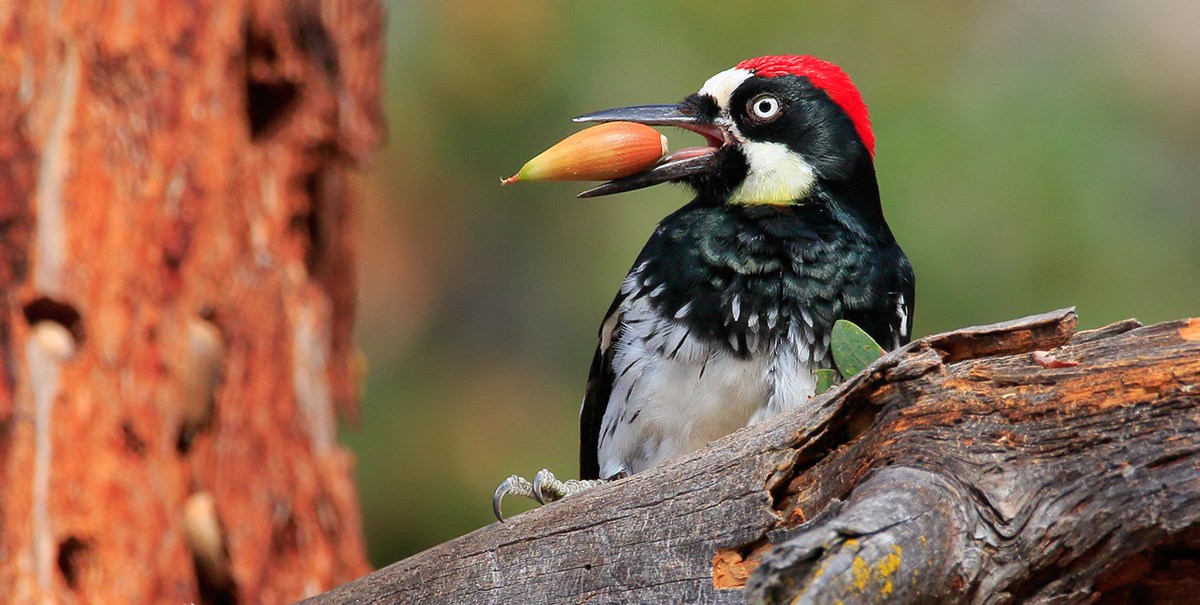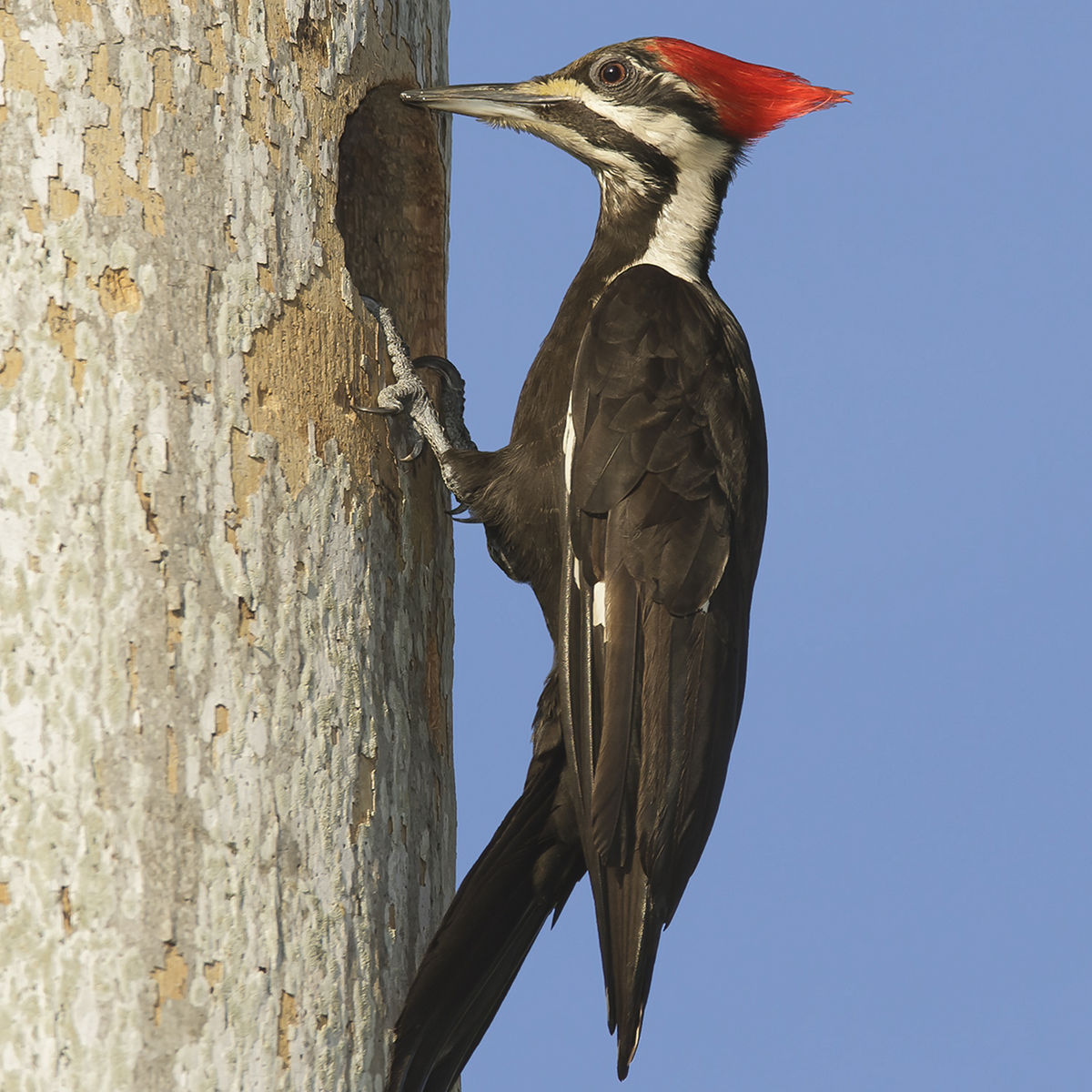Observing Woodpeckers in Florida: Variety Variety and Circulation
Observing Woodpeckers in Florida: Variety Variety and Circulation
Blog Article
Revealing the Keys of Woodpeckers: Behavior, Habitat, and A Lot More
Woodpeckers, with their one-of-a-kind actions and specialized adjustments, have long captivated scientists and nature fanatics alike. By revealing the secrets surrounding woodpeckers' behavior and habitat selections, a much deeper understanding of these avian wonders arises, supplying a look into their fascinating globe.
Woodpecker Habits Insights
In checking out woodpecker behavior, an interesting screen of specialized skills and adaptations emerges, shedding light on their impressive ecological particular niche. Woodpeckers, known for their distinct drumming on trees, have a variety of behavior qualities that add to their survival and success in their atmosphere.
In addition, woodpeckers exhibit an unique feeding actions identified by their capacity to remove insects from tree bark using their specialized beaks. Their lengthy, barbed tongues aid in capturing victim, while their solid neck muscle mass give stability and precision during pecking motions. This feeding approach enables woodpeckers to accessibility covert insect larvae and extract them with amazing performance.
Environment Preferences and Selection
What elements influence the environment choices and option of woodpeckers? Woodpeckers are extremely adaptable birds recognized to populate various atmospheres worldwide. Nevertheless, they do display choices for specific environment features. One important element influencing woodpecker habitat choice is the accessibility of appropriate nesting websites. Woodpeckers typically like woodlands with a mix of fully grown trees that supply ample possibilities for cavity excavation. These cavities act as essential nesting and roosting sites for woodpeckers and are vital for their breeding success.
Furthermore, woodpeckers show a preference for environments with a plentiful supply of food sources. They are primarily insectivorous, feeding on beetles, ants, larvae, and various other bugs discovered in decaying timber or tree bark. Woodpeckers tend to prefer wooded areas with a varied insect population to fulfill their nutritional needs.
In addition, the existence of dead or decaying trees is an additional crucial factor in woodpecker environment choice. These trees not just offer food sources however also provide appropriate substratum for dental caries excavation. Dead trees are essential for the upkeep of healthy woodpecker populations, as they play an important role in the woodpeckers' life cycle and ecological community dynamics.
Feeding Practices and Diet Plan Structure
Woodpeckers demonstrate a specialized feeding actions concentrated on foraging for bugs within various habitats. Their diet regimen mainly is composed of bugs such as beetles, ants, caterpillars, and crawlers, which they locate by tapping on tree bark and paying attention for the sound of motion inside. Woodpeckers utilize their strong beaks to pierce right into the wood and their long, barbed tongues to remove prey from gaps. In enhancement to insects, woodpeckers likewise eat tree sap, fruits, nuts, and seeds, adding range to their diet regimen depending on the season and schedule of food resources.
The foraging strategies of woodpeckers are well-adapted to their arboreal way of living (Woodpeckers in Florida). Their capacity to dig deep into timber not just supplies them with food however likewise assists in producing nesting tooth cavities and establishing territories. Woodpeckers play an essential role in maintaining the health of forests by regulating insect populaces and helping in the decay of wood. Understanding their feeding habits and diet make-up is crucial for preservation efforts aimed at preserving these one-of-a-kind and beneficial birds.
Drumming Seems and Communication
Making use of rapid drumming audios on different surfaces, woodpeckers use an unique form of interaction to indicate territory limits and attract my website friends. This drumming habits is not only a way of communication yet also works as a method for woodpeckers to develop their existence within a particular location. The intensity, rate, and pattern of the drumming can convey crucial information to various other woodpeckers around.
Woodpeckers make use of drumming sounds to introduce their presence in a region and to caution off possible intruders. The loud and recurring nature of the drumming serves as a clear signal to various other woodpeckers that the location is already asserted. This helps in minimizing conflicts and lessening physical confrontations between people.

Survival Adaptations and Specialized Anatomy

Conclusion
In verdict, woodpeckers display one-of-a-kind actions, such as drumming sounds for communication, and have specialized makeup for survival in their chosen environments. Their feeding practices and diet make-up additionally show their versatility to different environments. By understanding these aspects of woodpeckers, researchers and conservationists can better shield and maintain these remarkable birds and their environments.
Report this page